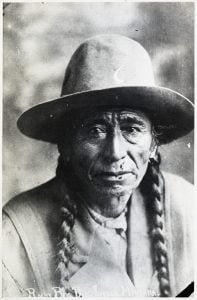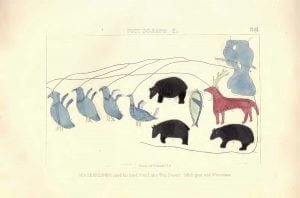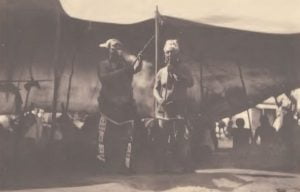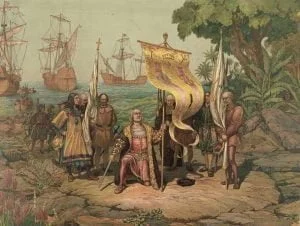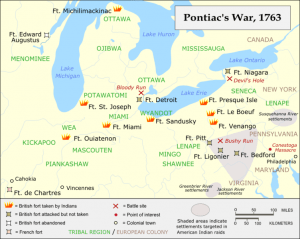Rocky Boy’s Indian Reservation
Rocky Boy’s Indian Reservation, established in 1916 in north-central Montana, is home to the Chippewa Cree Tribe. The Reservation’s name originates from the mistranslation of its Chippewa leader’s name, “Stone Child.” The Chippewa, originally from the eastern U.S., and the Cree, who fled Canada in the late 1800s, eventually settled in the Bear Paw Mountains. Despite facing hardship, homelessness, and discrimination, the tribes united and formed a stable community. Today, the Reservation spans 128,000 acres and is home to nearly 6,500 members, preserving their cultural heritage through designated tribal efforts.

